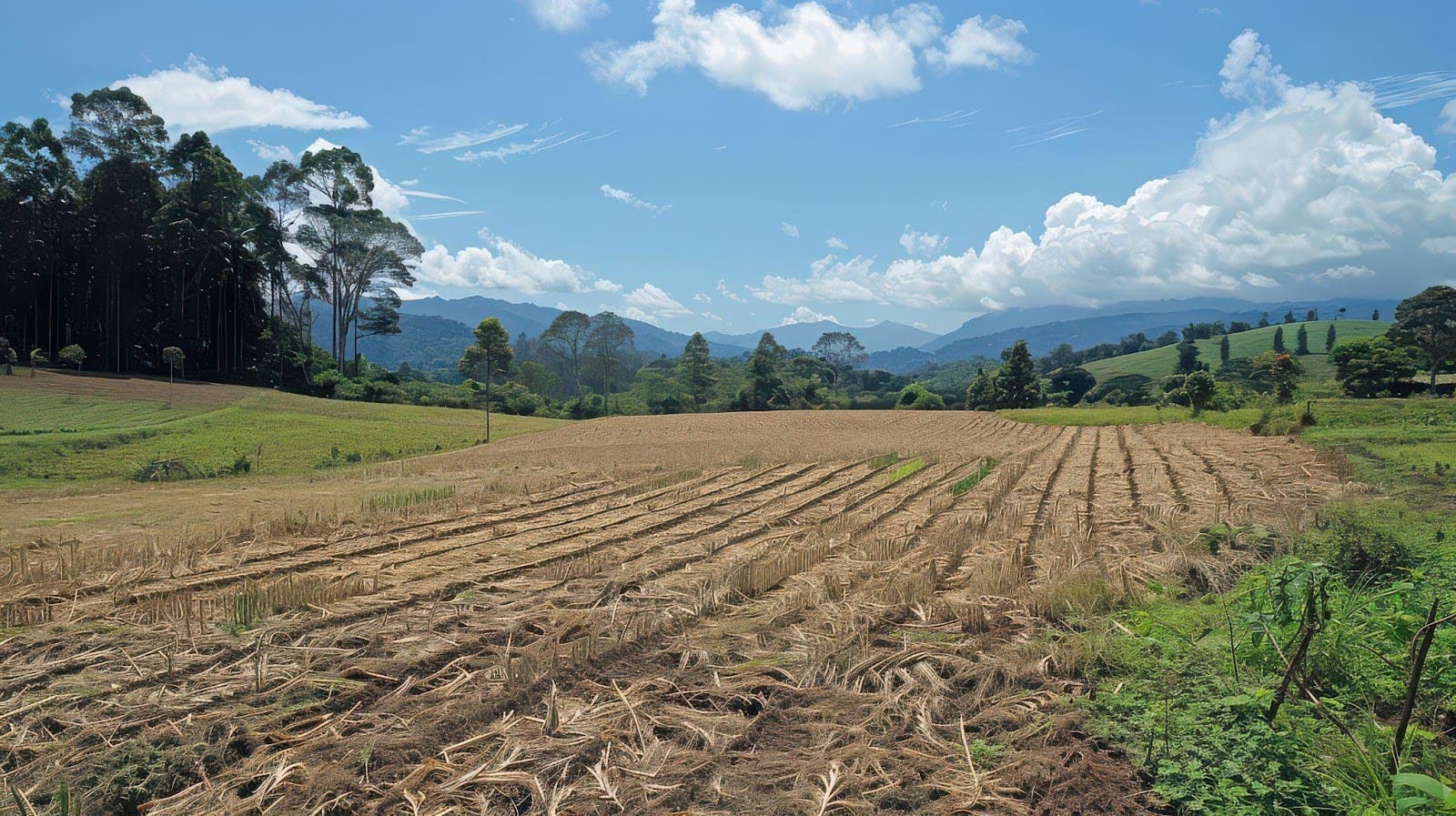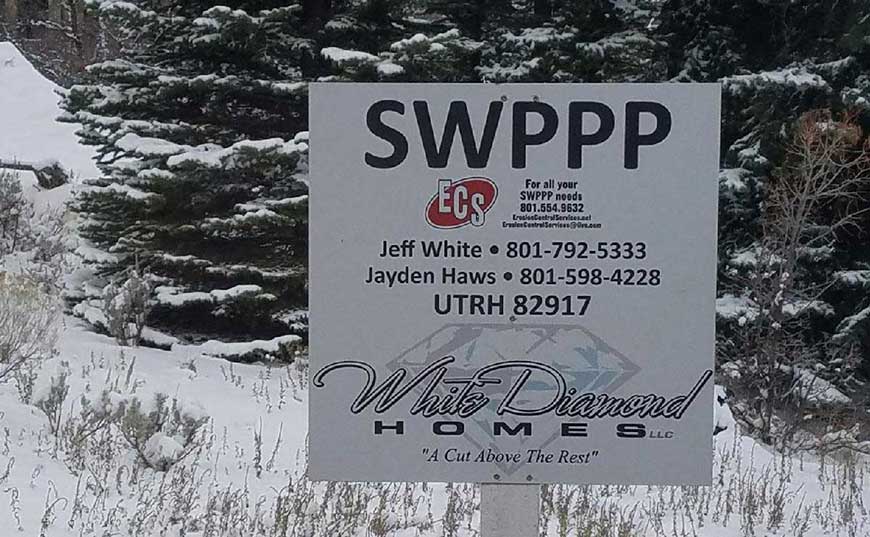When you start a construction project, one of the first things you need to do is create a stormwater pollution prevention plan (SWPPP). Whether this is your first SWPPP or you’ve done it before, here is a simple step-by-step guide on how to write a plan.
Step 1: What’s Required
Specific requirements for a SWPPP may vary by state or local area (check with your state or city for more specifics) but in general your plan will need:
- Cover or title page
- Contact information for the SWPPP (usually a project superintendent, field manager, or construction manager on site), and the project (usually the construction site operator)
- Map, site description, and activity description
- Outline of potential sources of pollution
- Detailed description of the plan to reduce and control pollutants
- Procedures for maintenance and inspection
- Recordkeeping details (who, what, and how you will track this information)
- Amendments if necessary
- SWPPP certification
Step 2: Site Assessment & Planning
Before you begin writing your plan, the first step is to assess your site. Start by identifying the current conditions, and describe them in detail in your plan, including any features that you plan to incorporate into the final plan or natural resources that will be protected during construction. It’s best to do an in-person walk-through at the site (fingerprinting) to see the soil types, current vegetation, drainage patterns, and topography.
Create a map of the site indicating stormwater drainage, discharge points, and slopes, as well as trees, streams, wetlands, and other natural features. Include any information about past soil contamination as well. Since each site is different, copying and pasting information from a past SWPPP is not appropriate, each site assessment should be unique.
Finally, include an overview of the construction project and function, start and end dates, and the size of the project.
Step 3: IdentifyingErosion & Sediment Control BMPs
The next step is to identify the best management practices (BMPs) you plan to use to control erosion and sediment. The most important goal is to protect rivers, lakes, wetlands, and other waters near the site that could be affected. There are a lot of different options for BMPs, and the correct ones are entirely dependent on the area and conditions of your site. Generally BMPs fall into two categories:
- Erosion Control: the first line of defense aimed at keeping the dirt in place, protecting natural features from damage, stabilizing soils, and controlling stormwater flow throughout the project.
- Sediment Control: the “backup plan” to your erosion controls, aimed at controlling any sediment or runoff that doesn’t stay in place after implementing your erosion controls.
These two things are not separate, but instead should be used in conjunction with one another. For example, an erosion control blanket (erosion control) on a slope is the first line of defense to try and prevent soil erosion, and a silt fence (sediment control) is a temporary measure to capture and retain any sediment that does erode. Your SWPPP should include both.
In part two of this blog post we’ll cover steps 4 through 6. If you need assistance, contact Erosion Control Services today and we’ll help you create your next SWPPP.



